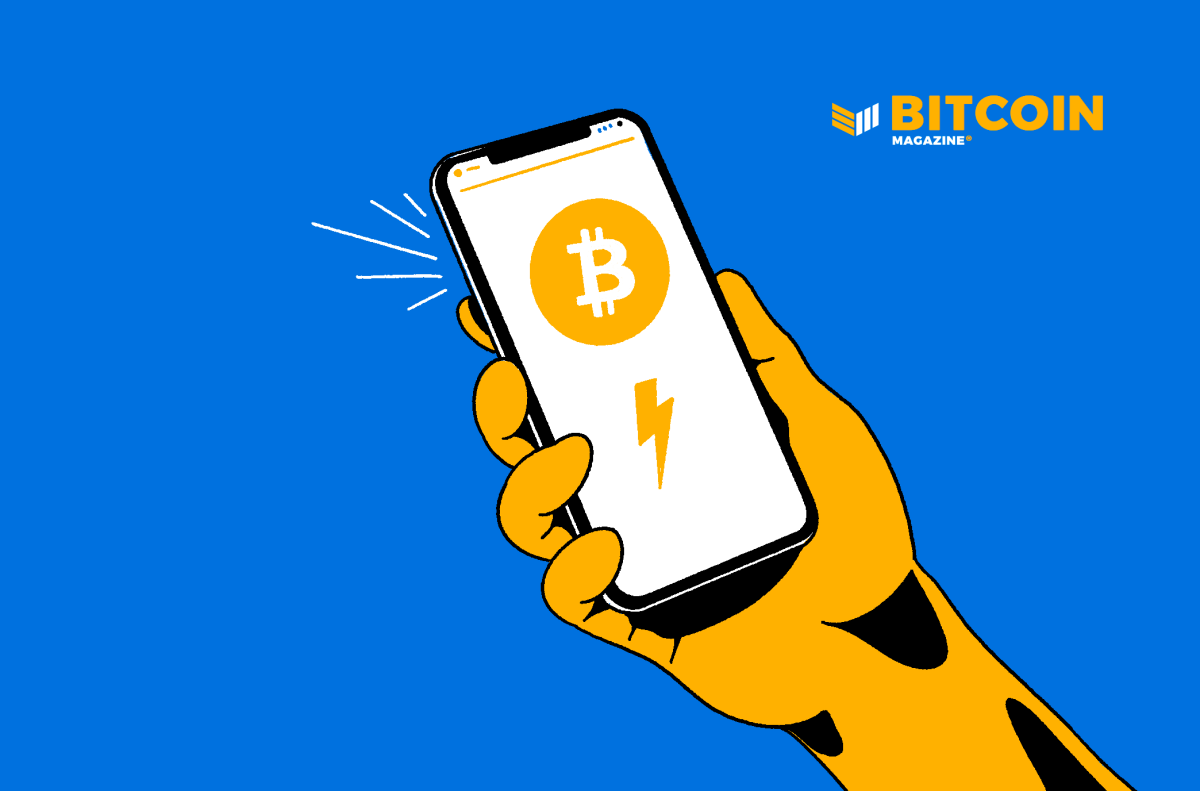I don't have a background in alchemy either, but I don't see how that prevents me stating that there can be no commercial way to turn base metal into gold.
A couple of things Duke. Your alchemy analogy is wayward and doesn't belong here in any way, shape or form.
Other than that, you've been saying up until this point that there is no technical way to produce a stable algorithmic stablecoin.
NOW you're saying something different (and please, come back to us and tell us whether we've now settled that at the very least, you have NO way of determining with certainty that a stable algorithmic stablecoin can't be designed). Now you're saying that it can't be done in a "commercial way". Firstly, what does that even mean? If i'm a geek and I've spent an age designing an algorithmic stablecoin and I get to a point where my product is stable and serves the purpose otherwise of a stablecoin, what's the issue? Where is that not a commercial asset? If I have a gazillion people who now want to both buy and use that asset, how has it not been delivered to the world as a commercial asset?
I believe that there's a knowledge deficit in your thinking here. You understand that when we're talking about algorithmic stablecoins we're talking about self executing code that NO-ONE can control?
It will fail to be a perfect forever proxy to the US$.
Ok. Explain to me your rationale for that statement given what I've set out above and in the previous post? Also, you talk about 'perfect' - and I wonder if there's some misunderstanding in your thinking here. UST/Terra wasn't perfect - and it failed. If a stablecoin simply achieves stability and can't be unhinged, then that's it - objective achieved. Is that what you mean by 'perfect'?
It is the aspiration of some of these algo merchants to be able to create the perfect digital US$.
Again, I don't know what your thinking is in terms of the mention of the word 'perfect' in this context? I don't think perfect belongs here - but simply an algorithmic stablecoin that tracks the dollar and can't be de-pegged = objective achieved.
You have expressed an open mind on this ludicrous possibility.
Explain to me how it is 'ludicrous' to be open to developers designing an algorithmic stablecoin such that it can't be de-pegged? You are saying that is 'ludicrous' yet you have no experience in stablecoin design - so how can you present that as an absolute???
The concept of an algo is that by somehow kickstarting a demand for a UWMB digital entry, the supply can be subsequently managed to keep supply/demand balance at BTC/US$ = 1.
You're confusing two different things. I provided an example of innovation from banking platform Galoy where they're using inverse perpetual swaps to represent underlying BTC as USD.
I then mentioned an actual algo stablecoin - that doesn't have BTC backing. It's backed by maths.
Note that if demand falls the supply is reduced to try and maintain the parity. What that means is that existing holders get their holdings reduced so whilst the price of each unit may be maintained the overall value reduces in line with demand. What good is that?
So you want to use a model that is proven to not work as an illustration as to why someone coming along and improving on that won't work? How does that make sense? You can suggest that they won't be able to solve the problem - and I won't have any problem with that. However, you are maintaining that there is NO WAY (professed as an absolute) they will solve the problem - and with that, I aint going to accept that nonsense. You don't have any experience in algorithmic stablecoin design on which to make that big phat claim. You have no earthly idea. There's no doubt in my mind that you wish that they won't solve the problem - but that's as far as it goes.
For the same reason that magic wands that turn people into dust are not outlawed.
BS - again, you are going waaay beyond your paygrade by suggesting that a stable aglorithmic stablecoin can't be designed. You have no idea - although I don't doubt that you are willing it to not become reality.
Now you can be sure that if people could print immutable digital US$ there would certainly be a law against it.
Maybe you have not noticed but in the case of algorithmic stables, we're talking about self executing code. Are you going to put a piece of code in Mountjoy?
Developers related to such projects could potentially be targeted. However, if we're ultimately talking about self executing code, then there will be nothing to stop it.
The fact there isn't a law either against it or maybe more realistically attempting to achieve this only proves how totally nonsensical it is.
lol I've news for you - it doesn't.
Oh that old trick! Complex mathematical solutions are the basis of bitcoin. Maths will back algo. Wise up, son.
lol - there's every chance that you can expect this statement right here to be re-quoted back to you in the next couple of years.,

